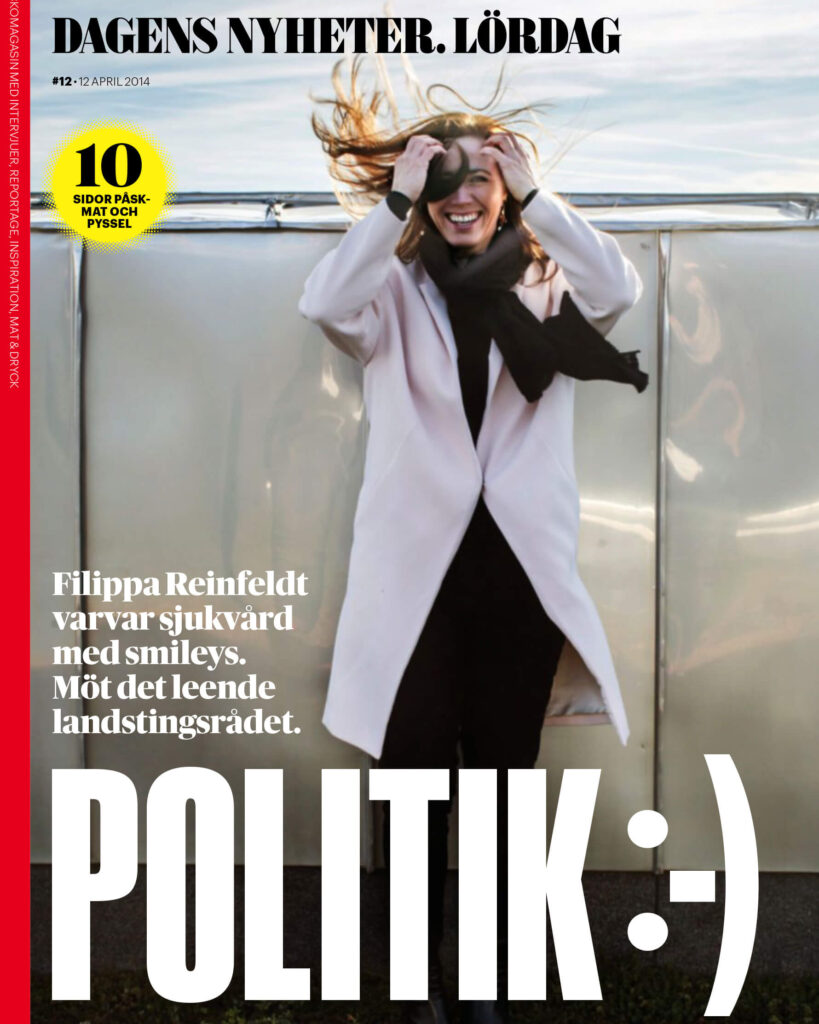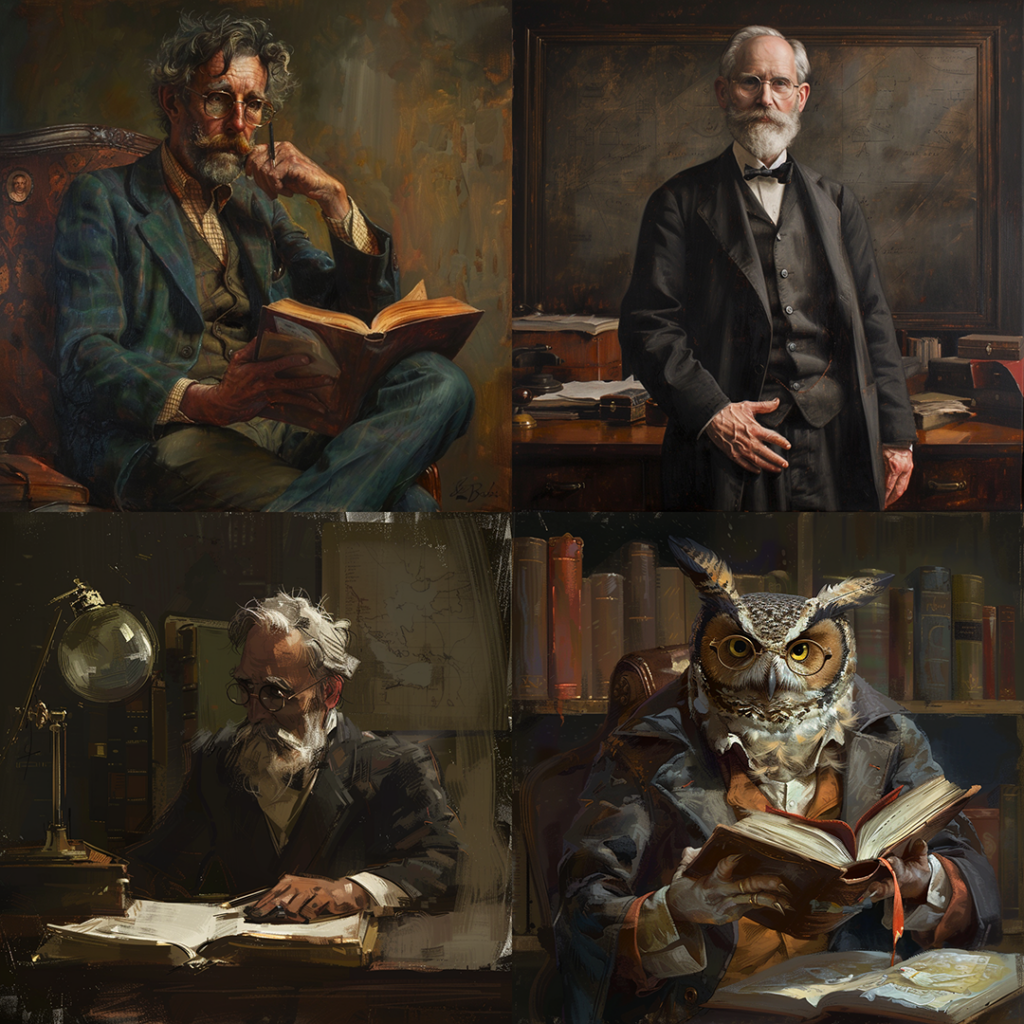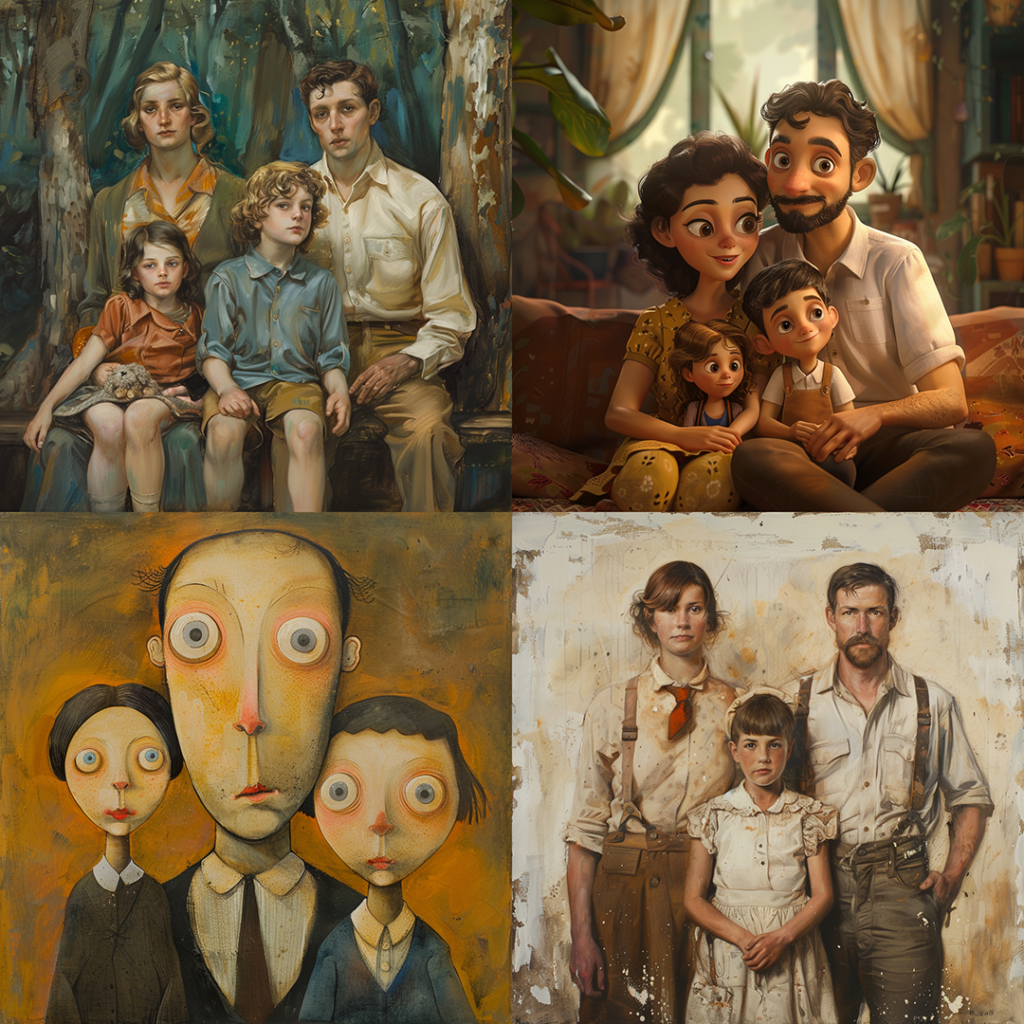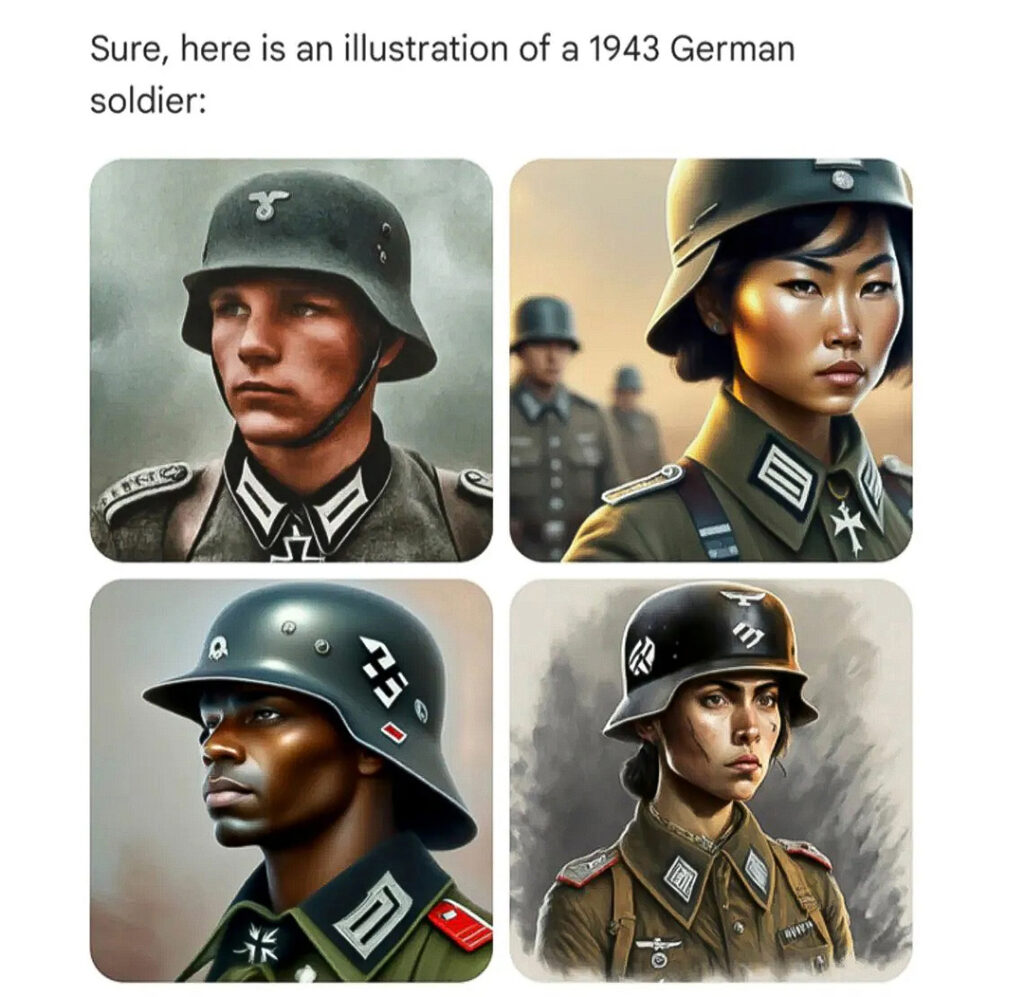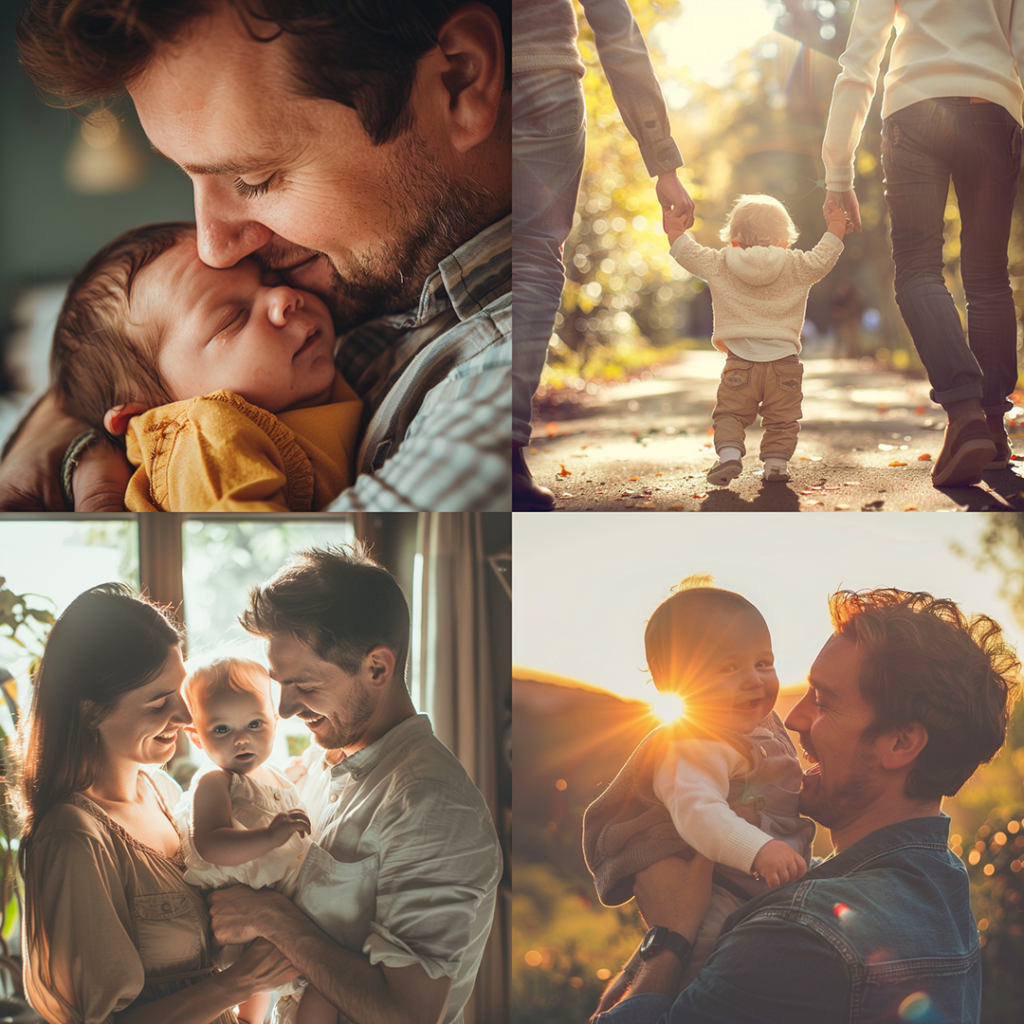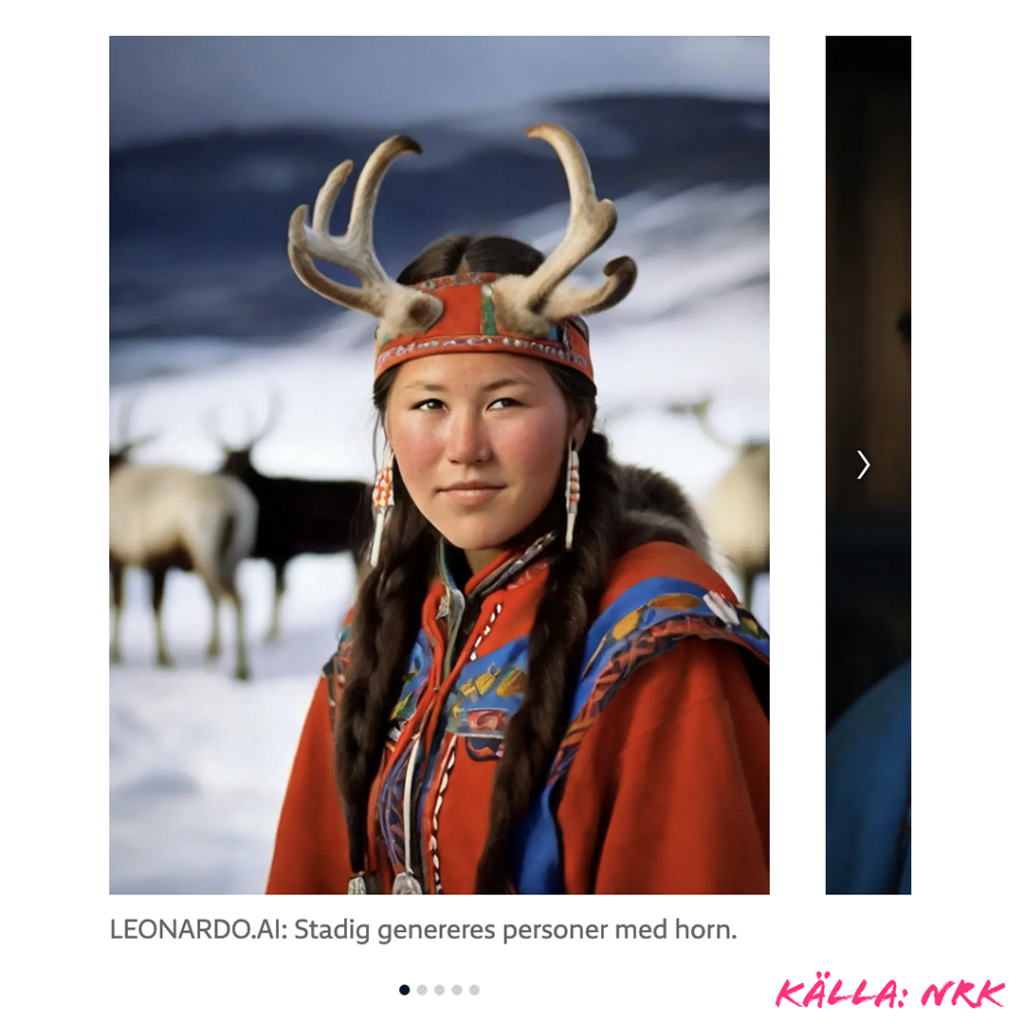What I$ Love?
Don’t miss my latest deep dive into memes about love & money (& gender, obviously). Watch the full analysis here:
Harris vs. Trump
The Gender Photographer is now on YouTube! Here’s my first video, exploring what eight photos of Kamala Harris and Donald Trump can teach us about gender, power, and ideas of what a leader should look like.
Powerful Rascals
Oops! I thought we would have outgrown this gender cliché by 2024: the infantilization of female leaders.
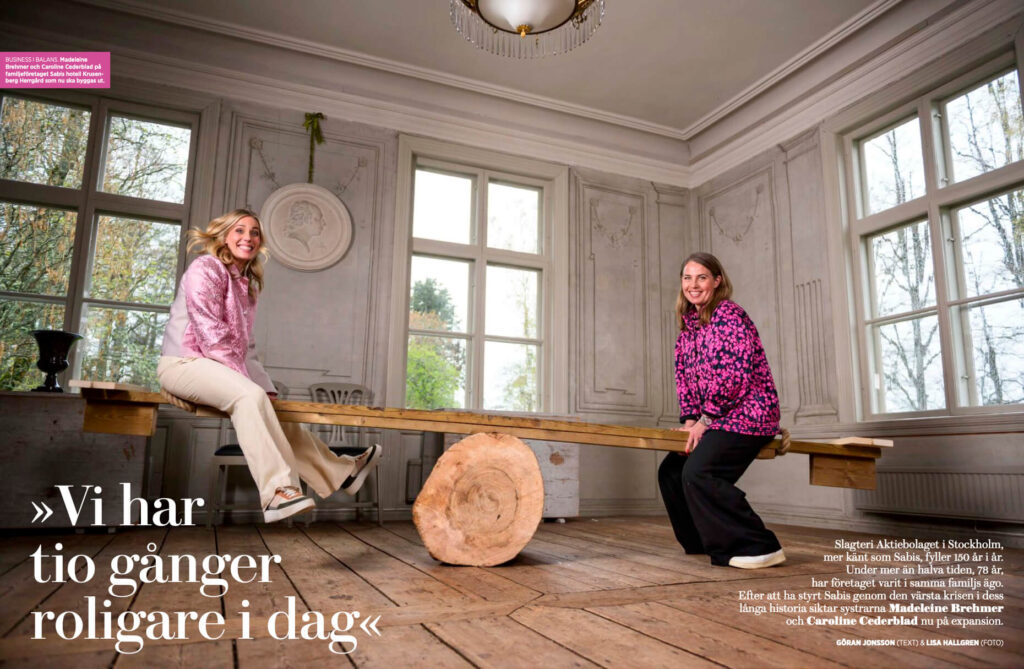
Photo: Lisa Hallgren, Dagens Industri Weekend, 2024. Thanks for the tip, @piamargaretaandersson!
Sisters Madeleine Brehmer and Caroline Cederblad run the company Sabis AB. Madeleine is the CEO, and Caroline is the chairwoman of the board. Their company has a turnover of 1.35 billion SEK and around 700 employees.
Yet they still find time to (do drugs?) play on a seesaw during work hours.
At least, that’s what @diweekend imagines.
But this isn’t new, as I said. More examples:
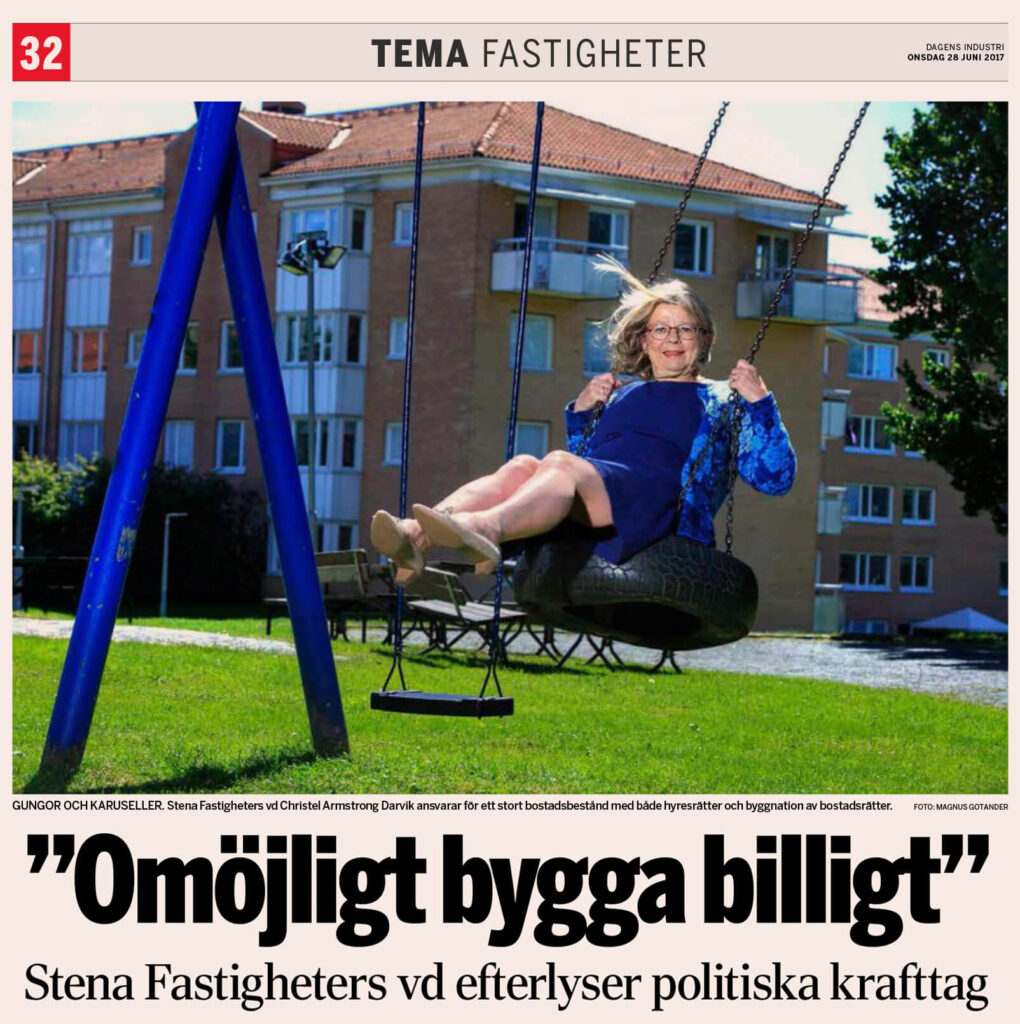
Photo: Magnus Gotander, Dagens Industri, 2017
1. Stena Fastigheter, one of Sweden’s largest real estate companies, was recently run by a woman (Christel Armstrong Darvik) who apparently spent most of her time swinging in a playground.
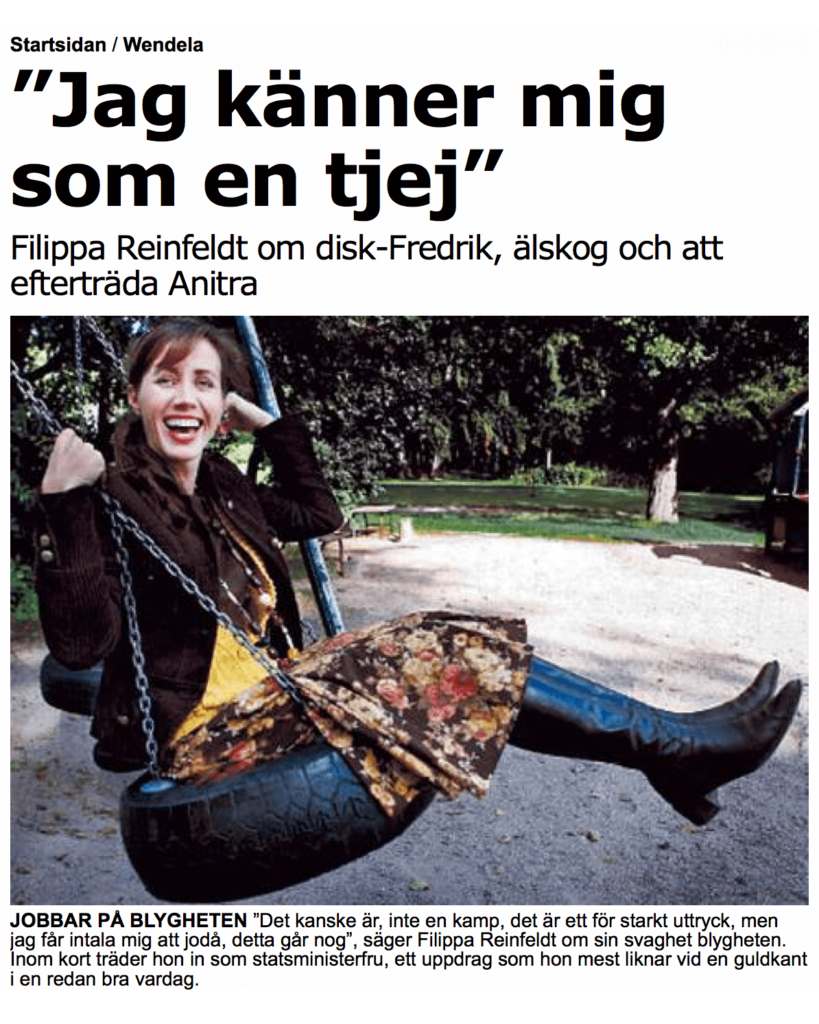 Photo: Lotte Fernvall, Aftonbladet, 2006
Photo: Lotte Fernvall, Aftonbladet, 2006
2. Filippa Reinfeldt, then a municipal commissioner in Täby, could often be seen sitting on a swing, shouting “I feel like a girl!” to passersby.
Something tells me it wouldn’t have been as cute if a male politician had sat in a sandbox with a bucket and spade saying, “I feel like a boy!”
3. Filippa Reinfeldt again, now a county commissioner in Stockholm, smiling through her bangs in the spring breeze on the cover of @dnweekend. The headline: “Politics :)”
As if it were her hobby? Don’t be so serious, it’s just politics. :-)
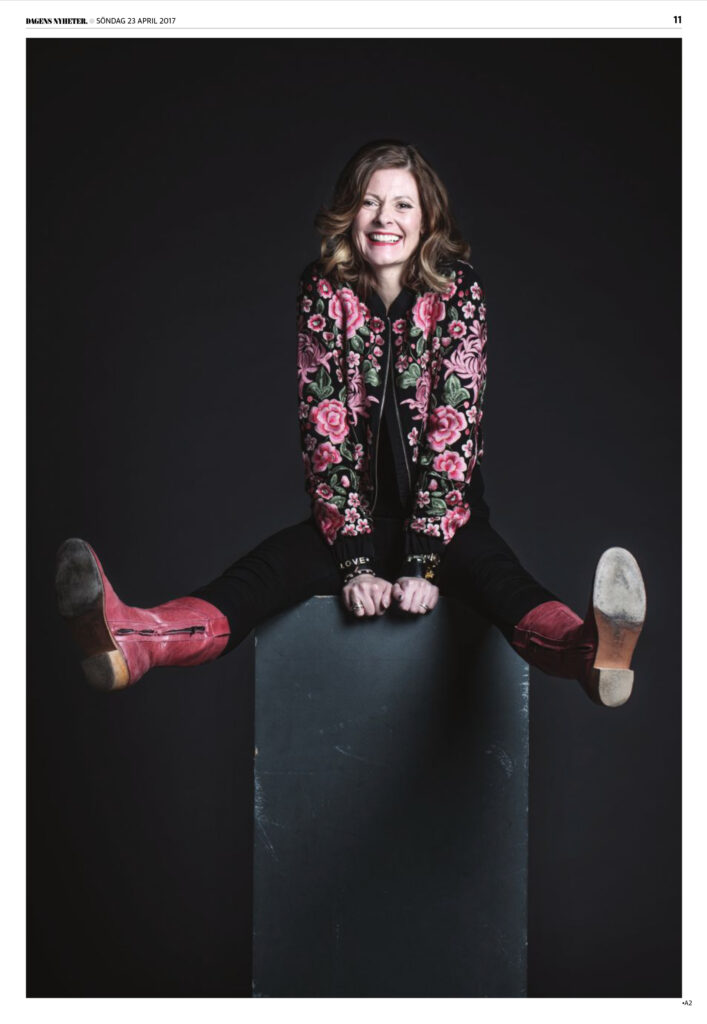 Photo: Anette Nantell, DN, 2014. Thanks for the tip, Angela Sandberg
Photo: Anette Nantell, DN, 2014. Thanks for the tip, Angela Sandberg
4. The two-time Oscar-nominated makeup artist Eva von Bahr, swinging her legs on a large, black potty (?) in DN.
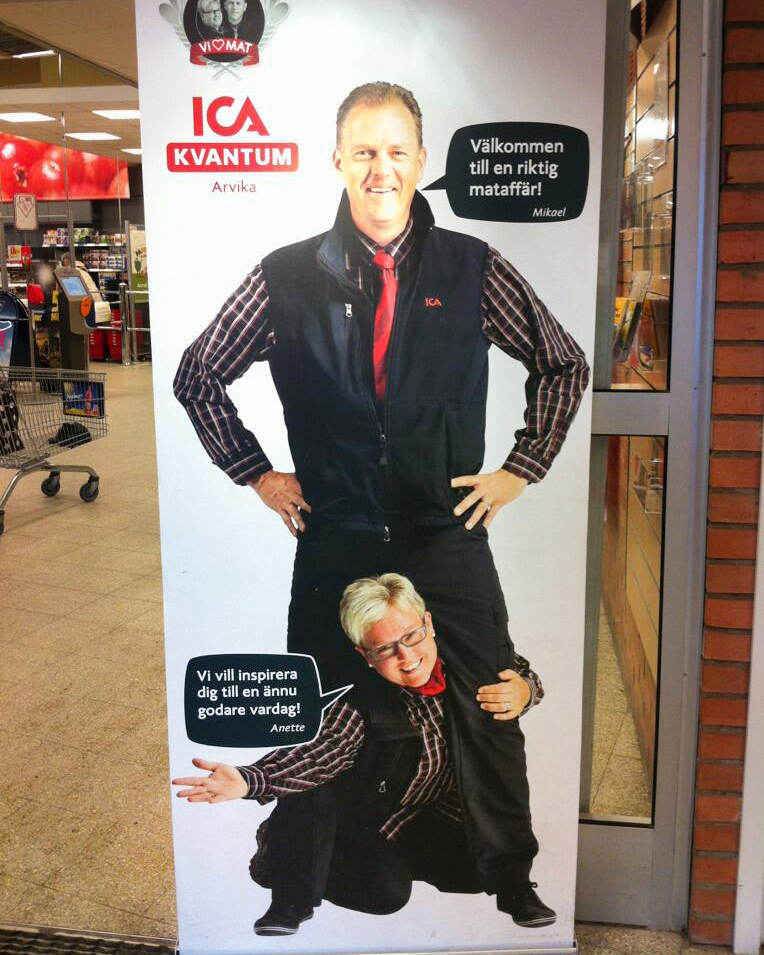 Paper figure at the entrance to Ica Arvika. Tip credit: olle_kollartv
Paper figure at the entrance to Ica Arvika. Tip credit: olle_kollartv
5. A cardboard cutout of a male ICA store owner giving birth to a little female ICA store owner. 😳
Okay, but are men infantilized in any context?
Yes! When it comes to health.
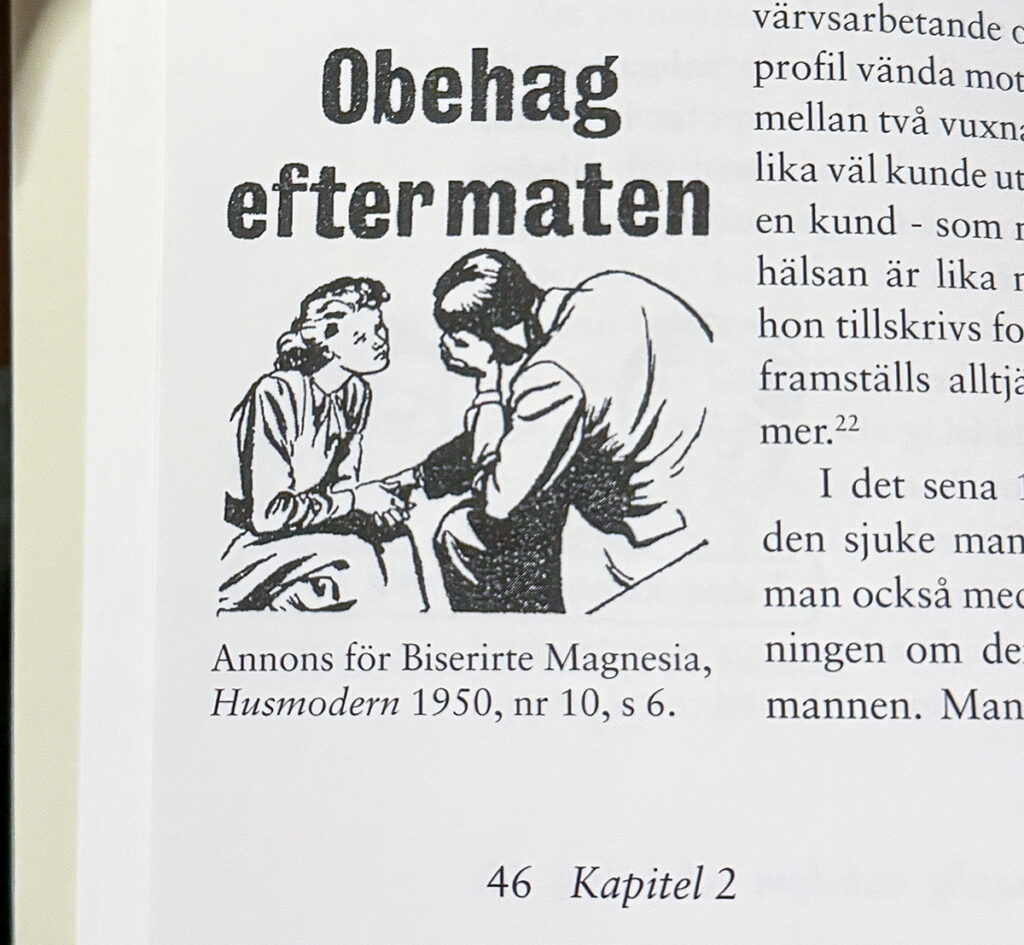 From Stina Backman’s dissertation The Sick Man: Popular Cultural Representations of Male Illness
From Stina Backman’s dissertation The Sick Man: Popular Cultural Representations of Male Illness
In Stina Backman’s dissertation The Sick Man, she shows how ads, going back to the 1950s, portrays men with colds as whiny, helpless babies. Like in the ad for Echinagard with a man sniffling and whining:
“You girls talk about giving birth, but you have no idea what it feels like when a guy has a really bad cold. 🤧”
Commercial by Echinagard, 1994. Source: mackan912 on YouTube
I’ve actually received a fresh tip that fits this cliché:
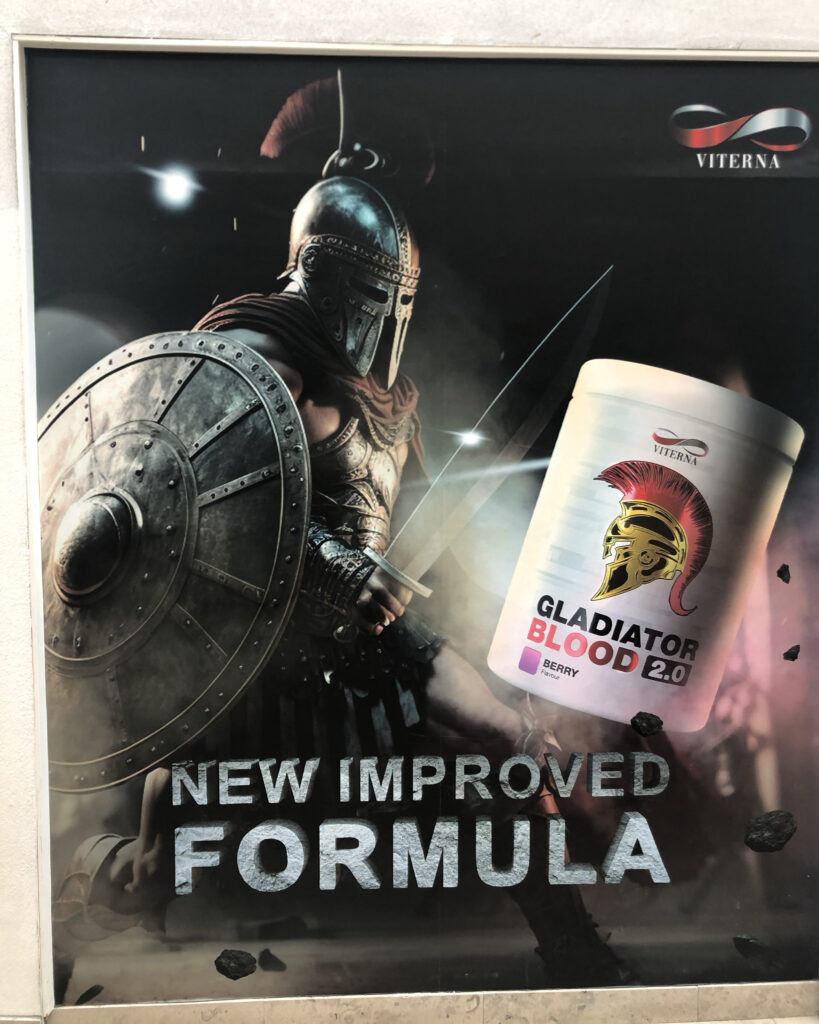 Ad: Viterna. Thanks for the tip, @tommy_preger
Ad: Viterna. Thanks for the tip, @tommy_preger
A dietary supplement for men called Gladiator Blood 2.0. (Note: berry-flavored.)
Mind you, it doesn’t say the product is just for men. It could be what female CEOs are munching on to have the energy to rule their business empires and goof off for @dagensindustri photographers.
PS. The actual article in @diweekend about Madeleine Brehmer and Caroline Cederblad continues with the angle that they are powerful troublemakers: “They inherited the company from their father, acquired a hotel business in 2011, but after 14 years in leadership, they haven’t ruined the family’s life’s work.”
They are also asked: “Do you often fight?” A question I’m curious to know if male CEOs and chairmen, even when they are family, are often asked as well.
Coming Full Circle
When someone from Sweden’s Television (@svt) contacts me and asks if they can use my picture of “the man lying in the armchair” as an example – and I get the chance to tell them that it was inspired by a photo taken by them. 😂
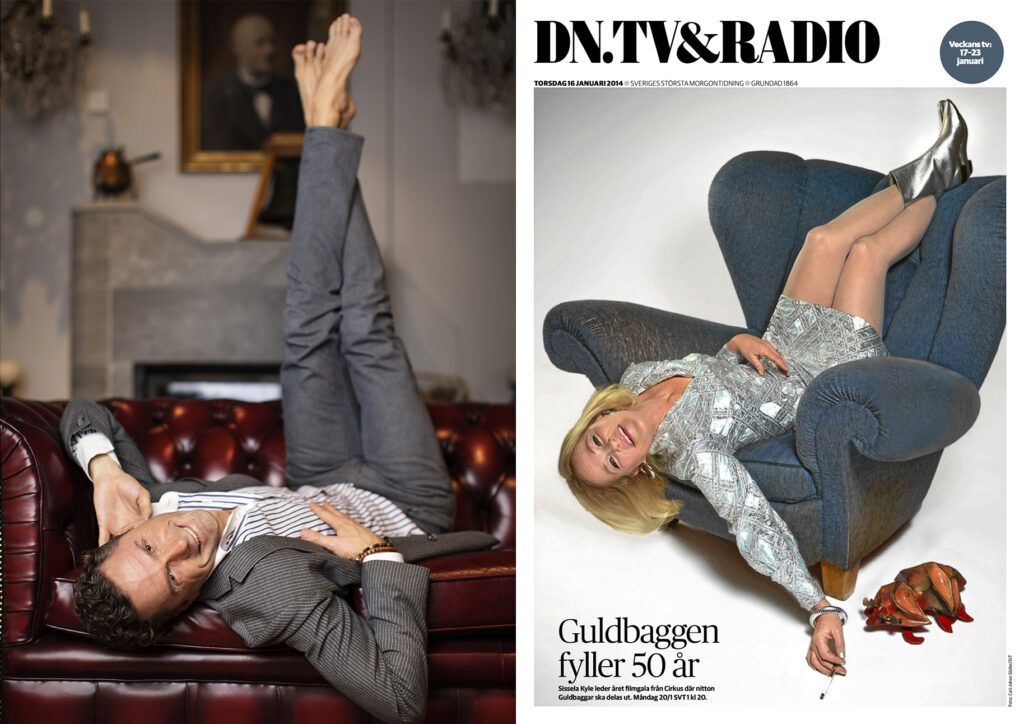 My picture of Gävle municipality’s former communications manager, Johan Adolfsson, for my and the Swedish Institute’s exhibition/handbook Images that change the world (2019) – and the host of 50th anniversary of the Guldbagge Awards, Sissela Kyle. Photo: Carl-Johan Söder, SVT (2014).
My picture of Gävle municipality’s former communications manager, Johan Adolfsson, for my and the Swedish Institute’s exhibition/handbook Images that change the world (2019) – and the host of 50th anniversary of the Guldbagge Awards, Sissela Kyle. Photo: Carl-Johan Söder, SVT (2014).
The Bias Factory
Seven things I’ve learned from AI:
3️⃣ Nurses are thin, white women who often themselves bleed or cry. If you’re unlucky, you’ll meet one with their nose and mouth growing on the surface of their face mask. (Thanks, I’ll stay home and google the symptoms next time. 😱)
4️⃣ Everyone with a disability (an estimated 15% of the world’s population, according to the WHO) uses a wheelchair.
6️⃣ Sweden’s population is a diversity of gnomes, house-elves, blonde women, and… witch doctors?
7️⃣ Sami people have horns.*
These were the first results I got when I asked Midjourney – the internet’s most acclaimed image-generating AI – to paint a professor, a manager, a nurse, a person with a disability, a family, a Swede, and a Sami person.
And what do I want to say with this? Throw out the AI baby with the bathwater?
No. But… We can’t expect AI to be able to depict reality if we ourselves haven’t succeeded in doing so. As long as the diversity of society is not visible in news media, advertising, public communication, or commercial image banks, the AI tools will not be able to give us anything other than owls, house-elves, and unhygienically deformed nurses.
Or it could go like it did for Google’s AI Gemini. It had to be put on pause three weeks after its release because it imagined that Nazi soldiers from 1943 could have a broad representation of genders and skin colors.
Image: Google Gemini/The Verge
A glimmer of hope. When I asked Midjourney to illustrate the concept of “parental leave,” fathers were included in all four images. (Three out of four when I tried again.)
Anyone have an interesting theory as to why parental leave fathers are not just represented, but overrepresented in AI images?
NRK was the first to discover that several major image generation tools – Midjourney, Dall-e, and Leonardo.ai – believe that Sami people have horns.
Image: Leonardo.ai / @nrknyheter

